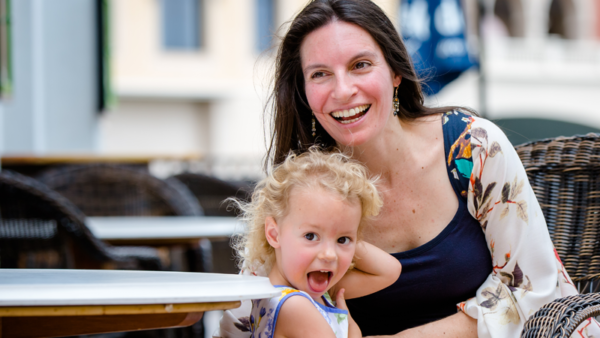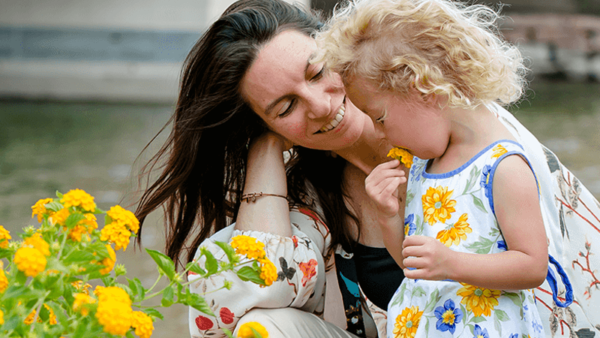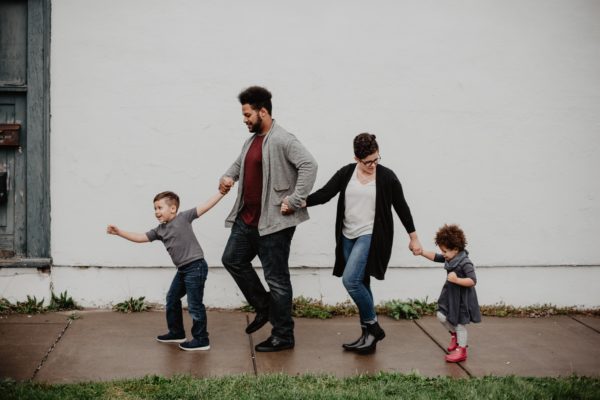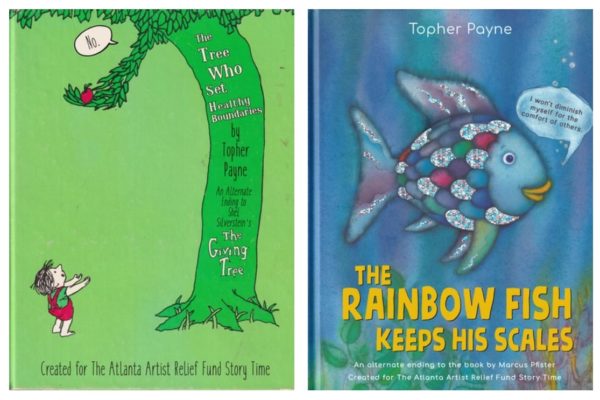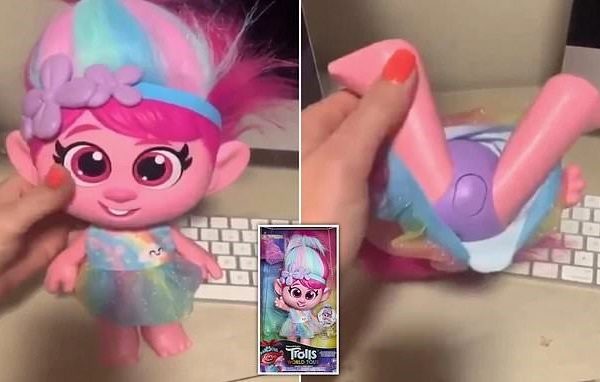Summer is flying by! I’ve been at the grandparents’ house, enjoying a slower pace of life for a few weeks. My daughter’s favorite place to be is the pool. All that pool time has given me more time with the other parents.
I have a boundaries skill-building story for you.
Navigating Boundaries
One little boy was having a hard time going up to another child and asking for his toys back. His mom coached him, giving him words to say. The five-year old replied, “You do it.”
In the past, this mom would kindly confront for him, modeling the skill. Now though, she thinks he’s old enough and capable of doing it himself. She doesn’t want to enable his passivity.
Mom didn’t confront for him. The little boy chose not to confront either. Ultimately, my daughter went up to the girl and got the toys back for her friend.
This happens often. Mom turned to me and asked, how do we bridge this gap?
“I We You”
Many of us understand that we have to model a skill so that kids see how it should be done. That’s the “I” part.
We hope that after watching us, hearing our explanation, our kids will be able to do it on their own. That’s the “You” part.
However, the reality is that we often need an in-between step, where we’re trying a new skill with support. Our mentor is by our side, giving feedback and correcting our technique. That’s the “We” part.
Seeing the skill modeled, hearing it explained, isn’t always enough for us to do it by ourselves. There’s a hand-holding step which comes before independence.
Many of us know this intuitively. Your baby watched you walk, then you held your toddler’s hands and talked to them about stairs and obstacles, then they were walking themselves. It’s the obvious way to parent.
Sometimes, though, because it hasn’t been explicitly explained as a teaching technique, a tool in our toolbox, we forget to do the same “I We You” in other situations.
Finding the “We”
Poolside, I asked this mom what “We” step she thought would help her son. She was stumped.
Skill building happens in baby steps. It’s a gradual process, so there can be many “We” steps. I can hold both my baby’s hands as she learns to walk, then maybe just one hand, then only on the stairs. There are lots of configurations for “We” steps.
A just-right step gives someone a small enough challenge. One that they’re motivated to try, not intimidated by, and which has little to no consequence if they fail.
For this little boy, giving a script wasn’t enough. Offering to go with him, literally holding his hand, wasn’t enough either. It was still too big of a reach for him to confront another child.
Thinking about my daughter, she is slow to warm up with new people. She has the swim skills, but will she jump in and show a new swim teacher? Nope.
She’s certainly not going to try a new skill with a new person. That’s overload and she shuts down. We can work on getting comfortable with a new person OR a new skill, not both at the same time.
I suspected that’s what was going on with her son. A new skill and a new person to confront was just too much. The just-right “We” step would separate those two variables.
Learning through Play
We say that kids learn through play, though it might be more accurate to say that play is the same thing as learning. There’s very little play which doesn’t result in learning of some kind, and we naturally choose the kind of play which gives us a small challenge and small consequence for failure.
Every day, my daughter asks to play in the pool. She dives for her toys and practices different strokes. She does handstands and shows us how far she can swim in one breath. Yet, the swim lessons Grandma set up for her have been pretty much a failure.
Adult-driven teaching can be a mismatch for kids. So, how can they learn the same thing through play?
Bring on the Stuffies
I suggested playing out this reclaim-the-toys scenario at home, with stuffed animals. Maybe mom could be Baby Bear whose toys get taken by Mr. Squirrel. Baby Bear might even turn to Blue Elephant for help if she gets stumped. Who will her son be, Mr. Squirrel or Blue Elephant?
After hearing mom confront, maybe the child will try being Baby Bear. He’s got the script; now he can practice saying it. Role playing a conflict removes the new-person hurdle and all the consequences of failure.
Plus, these three characters might become the go-to strategy for exploring any challenge.
The Worst Part
This summer, I’ve been asking my daughter to tell me the best and worst parts of her day. When the worst thing that happened was getting a scrape on her knee, I know the day went pretty well. Plus, I often use her worst part as inspiration for a story or game.
Within the story or game, we can explore the feelings on all sides. We can play out different solutions. She often asks questions or makes suggestions, exploring an issue more deeply or creating plot twists.
This is a play-based “We” step, and a nightly tradition in our family. My daughter doesn’t get her story until bedtime, and her teeth get clean while she listens.
Sexuality Skill Building
There are many skills we can work on with our kids using this play-based approach. Boundaries, consent, nudity, private parts, sharing photos and videos, gender…there’s a lot of potential for age-appropriate role playing. Dig in! Start early.
BUT, there’s a lot we can’t teach with “I We You” or with role playing. It’s because sex is so private that our kids know so little about it, creating the need for excellent children’s books and sex-ed curriculum.
They’re not going to see us modeling sex. Their models are what they see in the media, especially love scenes in movies. Or online porn.
There’s no hand-holding step. The best we can do is talk about it – a lot – before they get there. If they’ve got healthy boundaries and solid information, they’ll find their way.
Wherever you are in this journey, I’m here to help! Comment below if this is useful.
In support of you,
Anya
P.S. Wondering how to apply this to your unique family? Grab a spot on my calendar for a free phone consultation.
P.P.S. Whether your kids will engage in this role playing or not, you’ll find many more strategies and practical suggestions in the video library. Gain access to over 80 interviews and webinars, plus our online support group, when you become a member.


